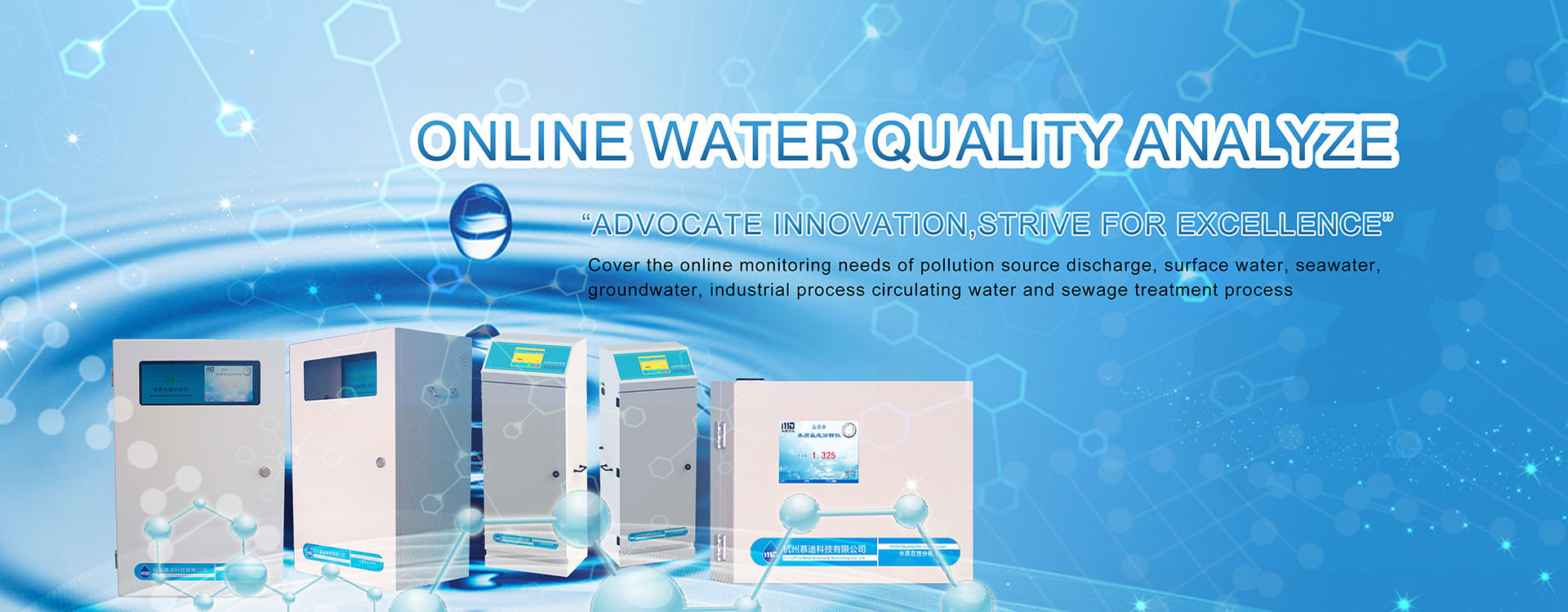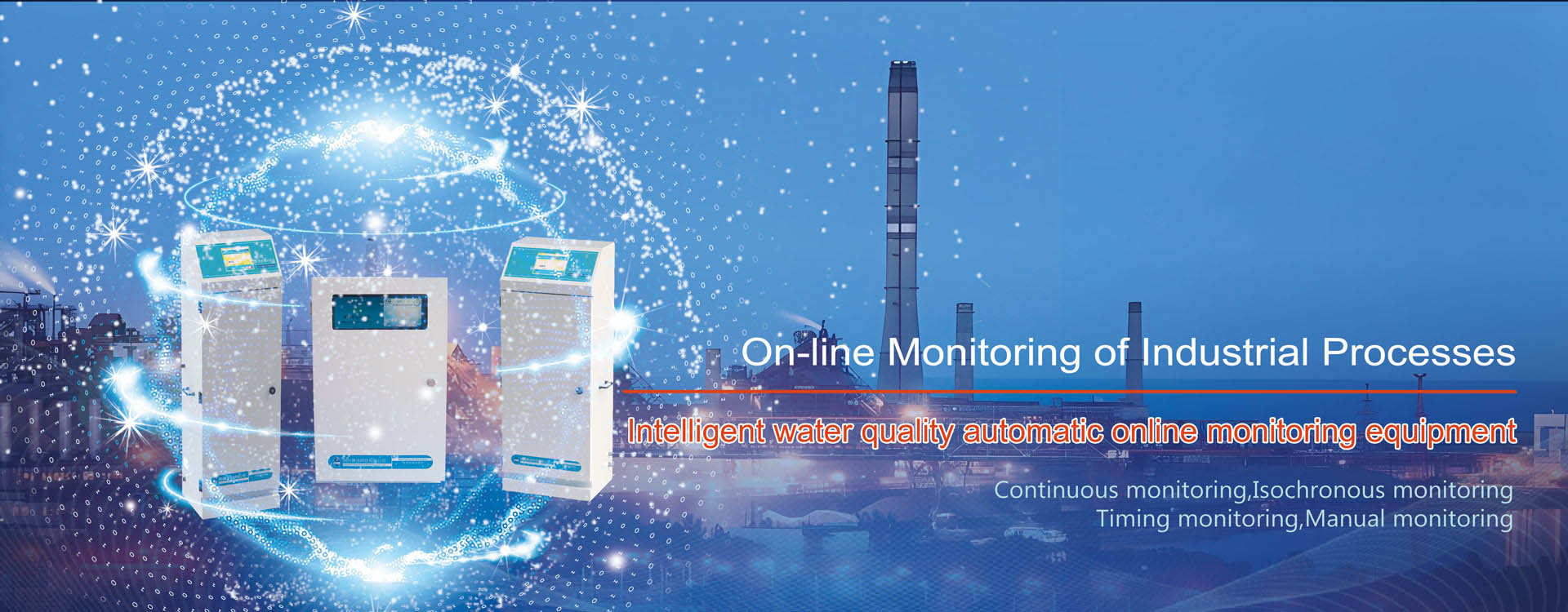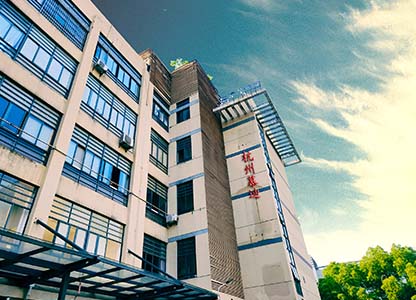Chlorine-containing disinfectants are very common in our daily life. They are mainly used for disinfecting sewage. So, what is total residual chlorine? It refers to the total amount of chlorine remaining after chlorine-based oxidants are added to water and come into contact for a period of time, excluding those consumed by microorganisms and organic matter, etc.
In the process of online monitoring of medical wastewater, total residual chlorine is one of the important indicators. Why? It’s not for disinfection. Then why do we still need to test it? Due to the extensive use of chlorine disinfectant, once it exceeds the standard, it can also cause harm to the human body, such as being toxic and carcinogenic. In the process of medical wastewater treatment, total residual chlorine disinfection is an indispensable step, so detecting the total residual chlorine content is also a necessary task. This work requires the responsible persons of relevant medical institutions to strengthen the management of medical wastewater discharge, ensuring that the medical wastewater is discharged up to standard after being transported to the supporting sewage treatment facilities. At the same time, the operation records of sewage treatment facilities should be further standardized to control the use of disinfectants. While doing a good job in disinfection, it is also necessary to avoid the occurrence of chlorine poisoning and other situations.
The RCl900 total residual chlorine online analyzer produced by Hangzhou Modi is excellent for detecting the total residual chlorine content in water. This instrument is a fully automatic analyzer controlled by an embedded system. After the water sample and the anti-interference agent are automatically injected into the reactor, the characteristic chromogenic agent is automatically added for the color reaction, and the absorbance of the reactants is measured. This absorbance can directly measure the total residual chlorine content in the water.




